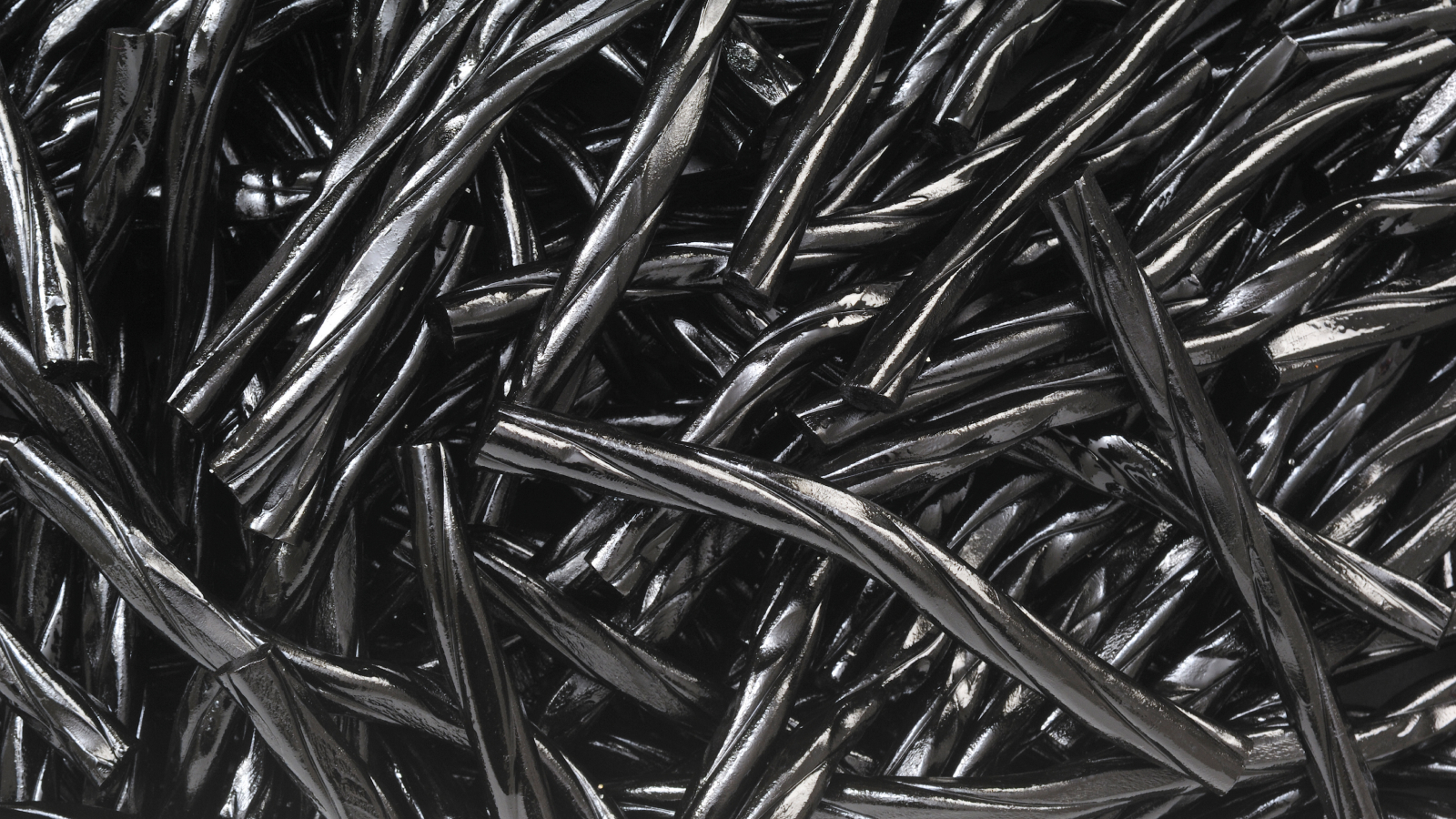Diversity, Vol. 15, Pages 717: Origin of Wild Polyploid Avena Species Inferred from Polymorphism of the ITS1 rDNA in Their Genomes
Diversity doi: 10.3390/d15060717
Authors: Alexander A. Gnutikov Nikolai N. Nosov Igor G. Loskutov Elena V. Blinova Victoria S. Shneyer Alexander V. Rodionov
In this article, we analyzed the origin of wild polyploid oats (Avena L., Poaceae) using the region 18S rDNA (partially)–ITS1–5.8S rDNA obtained via NGS. There are six tetraploid (2n = 28) and four hexaploid (2n = 42) wild species differing by specific genome combinations: A. barbata, A. vaviloviana (AB), A. agadiriana (AB or BB), A. magna, A. murphyi, A. insularis (AC or CD), A. ludoviciana, A. sterilis, A. fatua, and A. occidentalis (ACD). We compared the pool of marker sequences of polyploid oats with those of their putative diploid ancestors: A. atlantica (As-genome), A. hirtula (As), A. canariensis (Ac), A. ventricosa (Cv), and A. clauda (paleopolyploid with Cp and A-related rDNA). We found 15 major ribotypes (more than 1000 reads per rDNA pool) in polyploid oats. Comparing them, we found that the AB-tetraploid oats possibly inherited their A-genome ribotypes from A. atlantica (As1-ribotype), whereas their B-genome ribotype is specific and can be a derivative of the A-genome family. Our data do not support the hypothesis of the CD-genome set in A. magna, A. murphyi, and A. insularis: they have an AC-genome ribotype constitution instead. The C-genome-related sequences could have been obtained from A. ventricosa. Hexaploids show a different ribotype pattern than tetraploids; the main ribotypes of A. fatua, A. ludoviciana, and A. sterilis probably belong to the D-group and are also shared with one of the major ribotypes of A. clauda.

 1 year ago
37
1 year ago
37


